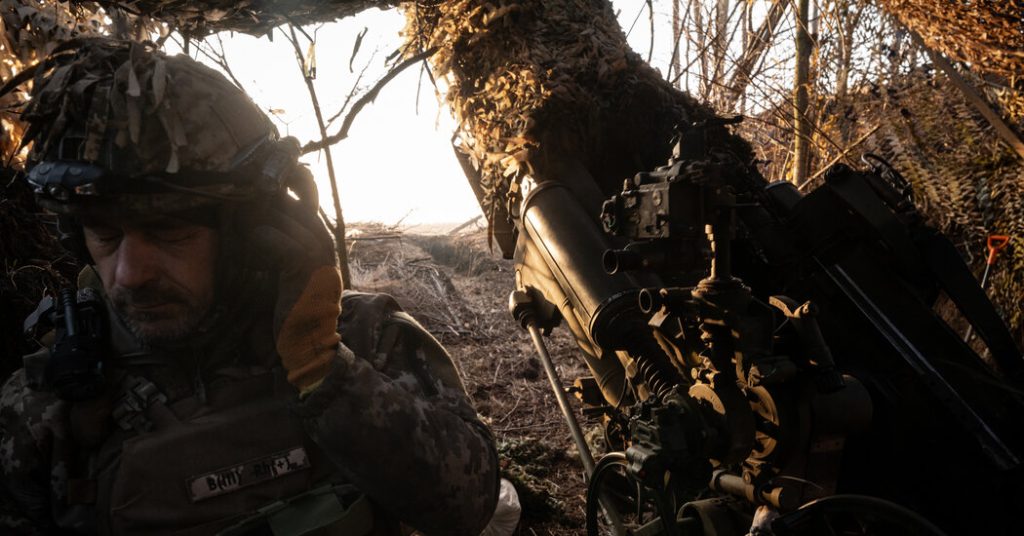Six years ago, Google signed a contract to build an artificial intelligence tool called Project Maven to assist the military in identifying potential targets on the battlefield using drone footage. The project faced backlash from Google employees, leading the company to back out. However, Project Maven continued through other contractors and has now evolved into an ambitious experiment being tested in Ukraine as part of the U.S. military’s efforts against Russian invaders. This project aims to provide timely information to soldiers by predicting troop movements and potential attacks using algorithms.
The results of Project Maven in Ukraine have been mixed, with new ways for generals and commanders to visualize Russia’s movements and communications. Despite this technological advancement, the challenge remains in integrating 21st-century data into 19th-century warfare tactics. The war in Ukraine has become a laboratory for testing new technologies and strategies, as American, British, and Ukrainian officers, along with top military contractors from Silicon Valley, explore ways to exploit Russian vulnerabilities. However, the effectiveness of these new technologies in turning the tide of the war remains uncertain.
The conflict in Ukraine has also highlighted the limitations of technology in warfare, as Ukraine’s ability to repel the invasion depends more on basic weapons and ammunition deliveries, such as artillery shells. The rapid adaptation of Russian forces to counter new technologies, including electronic warfare capabilities, has posed challenges for the U.S. military. Lessons learned from the war in Ukraine are being studied at the Pentagon and NATO headquarters to prepare for potential conflicts with Russia or other adversaries.
The use of Project Maven and other advanced technologies to support the Ukrainian forces has raised concerns about the level of U.S. involvement in targeting and killing Russian troops. While the technology has provided valuable intelligence, the U.S. military takes precautions to ensure that it does not directly target Russians. The flow of information from commercial satellite firms, social media platforms, and drone imagery has helped Ukraine improve its targeting capabilities but has not fully reached soldiers on the front lines due to logistical challenges.
A vision for the future of warfare in Ukraine and beyond involves the development of autonomous drones that can launch in swarms and communicate with each other, adapting to changing conditions on the battlefield. Former Google CEO Eric Schmidt is funding research into inexpensive, disposable drones that could evade air defenses and reconfigure themselves if some drones are shot down. However, there are ethical and moral considerations regarding the use of artificial intelligence in targeting decisions, as the Pentagon aims to maintain human judgment over the use of force while embracing new technologies.
The war in Ukraine has become a testing ground for new technologies and strategies, demonstrating the need for innovative approaches to warfare in the face of evolving threats. Despite the challenges and limitations of technology, ongoing efforts to leverage advanced tools like Project Maven and autonomous drones highlight the importance of adapting to modern warfare tactics. As the conflict continues to unfold, the lessons learned in Ukraine will inform future military operations and the development of technologies aimed at maintaining a competitive edge against adversaries like Russia and China in an era of renewed superpower rivalries.


